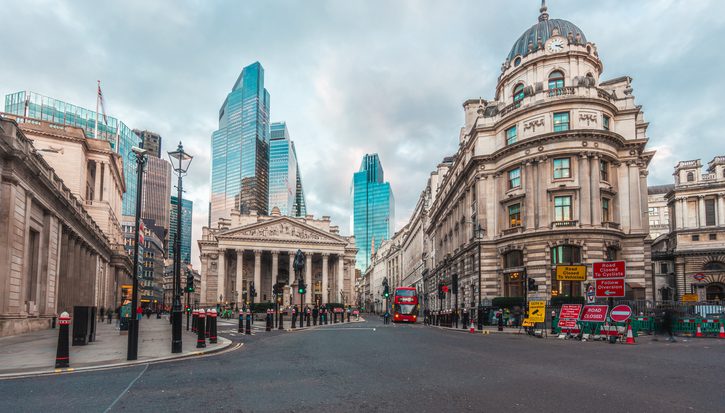Planning for net zero and nature: A better, greener planning system that empowers local places
Article
What we build, how we build it and where we build it impacts every aspect of our lives: our environment; the economy, and how and where we live and travel to work. In recent years, the planning system has been blamed for the various problems facing land use in England, most particularly the housing crisis.
Planning can address two of the largest sources of emissions – surface transport and buildings – but it needs to be reformed to take full advantage of these opportunities.
Through a series of workshops and interviews, we explored stakeholders’ perspectives on how the planning system could better deliver on net zero and nature, while working better for local communities.
In this report, we set out how the planning system needs to change to deliver net zero and restore nature in England, while also delivering the services people need, including well-connected communities and housing, and supporting the development of renewable energy.
Related items

Rule of the market: How to lower UK borrowing costs
The UK is paying a premium on its borrowing costs that ‘economic fundamentals’, such as the sustainability of its public finances, cannot fully explain.
Restoring security: Understanding the effects of removing the two-child limit across the UK
The government’s decision to lift the two-child limit marks one of the most significant changes to the social security system in a decade.
Building a healthier, wealthier Britain: Launching the IPPR Centre for Health and Prosperity
Following the success of our Commission on Health and Prosperity, IPPR is excited to launch the Centre for Health and Prosperity.